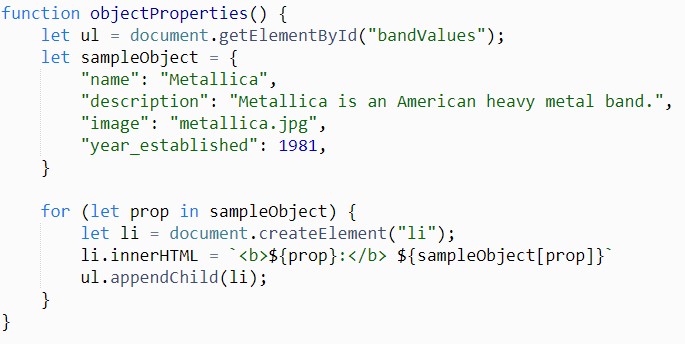
These arrays can hold any datatype, including objects, numbers, strings, and many others. const exampleArray = Ĭonsole.log(exampleArray.forEach(x => x * x * x).When working with arrays, there will be times when you need to loop or iterate through the array's values in order to either output or manipulate them. This means that one could use reduce(), sort(), and other methods after map() but that's not possible with foreach() because it returns undefined. One of the main differences between forEach() and map() methods is their ability to chain other methods. Repeatedly calling one method after another on an object. Example Code const exampleArray = Ĭonsole.log(exampleArray.forEach(x => x * x * x)) Ĭonsole.log(exampleArray.map(x => x * x * x)) Ĭhaining methods is the ability that one can attach another method after performing one method in one continuous line of code.

The method executes testFunc() for every element of the array and if true is returned by the testFunc(). In JavaScript, "this" keyword refers to the object it belongs to. If it is empty, the value "undefined" will be passed as its "this" value. It is an optional argument that is passed to the function and used as its "this" value. arr: This is the array that the method was called upon.index: Indicates the index of the current element being processed.currentValue: This indicates the current element in the array being processed.The testFunc() is a function that is used to execute a condition on each element of the array until the function returns true, indicating that the element satisfying the condition was found. Syntax:Īrray.forEach(testfunc(currentValue, index, arr), thisValue)Īrray.map(testfunc(currentValue, index, arr), thisValue)īoth the methods take two arguments: 1) testFunc Also, map() does not execute/call the function for those array elements without values. Hence map() method relies on immutability. But unlike the forEach() method, it creates a new array with the results of calling a function for every array element.

The map() method, similar to the forEach() method, executes the provided function once for each element in an array. Also, forEach method doesn’t return anything (undefined). After executing the function for every array element, this method changes the values of the existing array elements according to the result of the provided function. The forEach() method executes a provided function once for each element in an array. In JavaScript, methods are actions that can be performed on objects. These methods help us iterate through arrays. To begin with, let's quickly understand what a method is and then look at the syntax, functionality followed by comparing forEach and map methods. In this tutorial, let us look at two commonly used, seemingly similar array methods and compare them to see different they are.


 0 kommentar(er)
0 kommentar(er)
